There’s a lot of buzz about fermented ingredients in skincare. It’s been a big hit in Korea, with entire product lines revolving around the idea of letting ingredients marinate for a bit longer. Here’s the science behind fermentation.
What is fermentation?
Fermentation refers to chemical reactions performed using microorganisms. More specifically, it usually means reactions that convert sugars to other substances. Fermentation’s been known for thousands of years – for example, yeast is used to ferment sugar in grapes to make wine, and bacteria are used to produce vinegar. A lot of fermented foods like kombucha, kimchi and kefir are trending thanks to increased awareness of the importance of gut flora (and for some weird reason, they tend to start with the letter K…).
Since it’s such a broad category of reaction, it’s hard to make broad generalisations about fermented products. In the realm of food, adding fermented products to your diet can improve gut health, increase nutrient availability and reduce the risk of some cancers… or it can double your risk of oesophageal cancer, or suck $100 billion from the US government each year.
Fermented skincare
Just like with food, it’s impossible to make sweeping statments about fermented ingredients in skincare.
Brands that emphasise the benefits of ferments in skincare usually claim that fermentation breaks ingredients down into smaller fragments so they’re easier to absorb. While it’s true that skin absorbs smaller ingredients more easily, that’s only useful if they haven’t been broken down to the point where they’re no longer active.
Some brands also claim that fermentation produces nutrients, minerals and actives that are beneficial for skin. However, this isn’t unique to fermentation. The fermentation-produced ingredients they’re talking about are usually alpha hydroxy acids, amino acids and sugars, all of which can be added directly to a skincare product, and in more reliable amounts.
However, it’s not all marketing puffery! In some cases, fermenting ingredients can indeed increase the amount of active ingredients. For example, soy contains two forms of the isoflavones genistein and daidzein – the regular versions, as well as their glycosides which have a chunky sugar attached. Genistein and daidzein have been found to increase hyaluronic acid production in in vitro studies, which could help with skin hydration and fine lines, but the glycoside versions don’t do much. Bifidobacterium bacteria have the ability to chop off the sugars and turn the glycosides into the active forms, so fermented soy milk extract is more effective than the unfermented version.
Red ginseng is another botanical that can be improved by fermentation: fermented red ginseng has stronger anti-wrinkle and whitening effects compared to non-fermented red ginseng, with less irritation.
Verdict
A few ingredients can be improved by fermentation, but there isn’t anything universally beneficial about fermenting things. Next time someone tells you about the amazing properties of fermentation, keep in mind that humans have been fermenting the hydrating humectant glucose into dehydrating ethyl alcohol for thousands of years!
References
K Miyazaki, T Hanamizu, R Iizuka & K Chiba, Bifidobacterium-fermented soy milk extract stimulates hyaluronic acid production in human skin cells and hairless mouse skin, Skin Pharmacol Appl Skin Physiol 2003, 16, 108-116.
K Miyazaki, T Hanamizu, T Sone, K Chiba, T Kinoshita & S Yoshikawa, Topical application of Bifidobacterium-fermented soy milk extract containing genistein and daidzein improves rheological and physiological properties of skin, J Cosmet Sci 2004, 55, 473-479.
H-S Lee, M-R Kim, Y Park, HJ Park, UJ Chang, SY Kim & HJ Suh, Fermenting red ginseng enhances its safety and efficacy as a novel skin care anti-aging ingredient: in vitro and animal study (open access), J Med Food 2012, 15, 1015-1023.

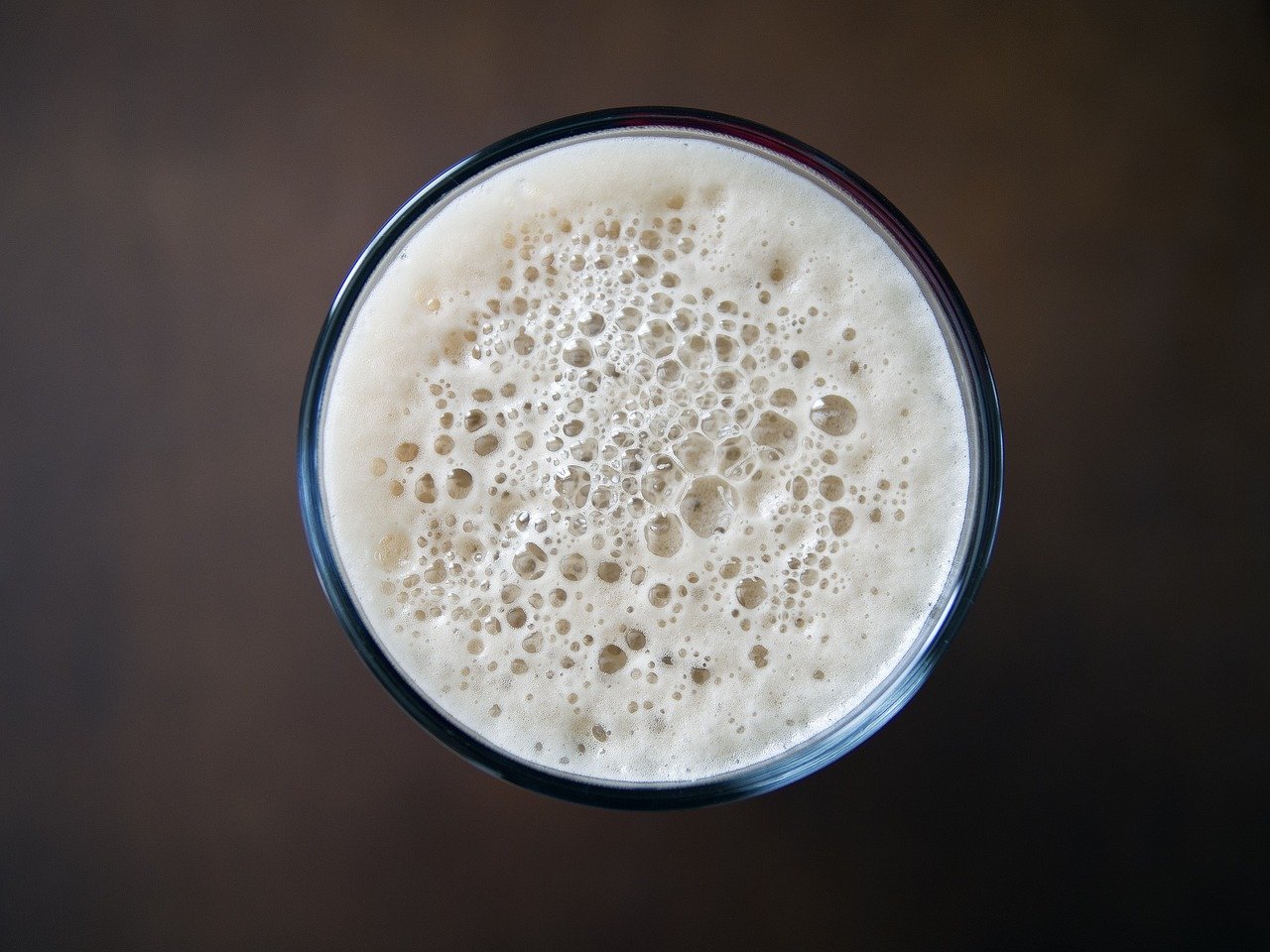
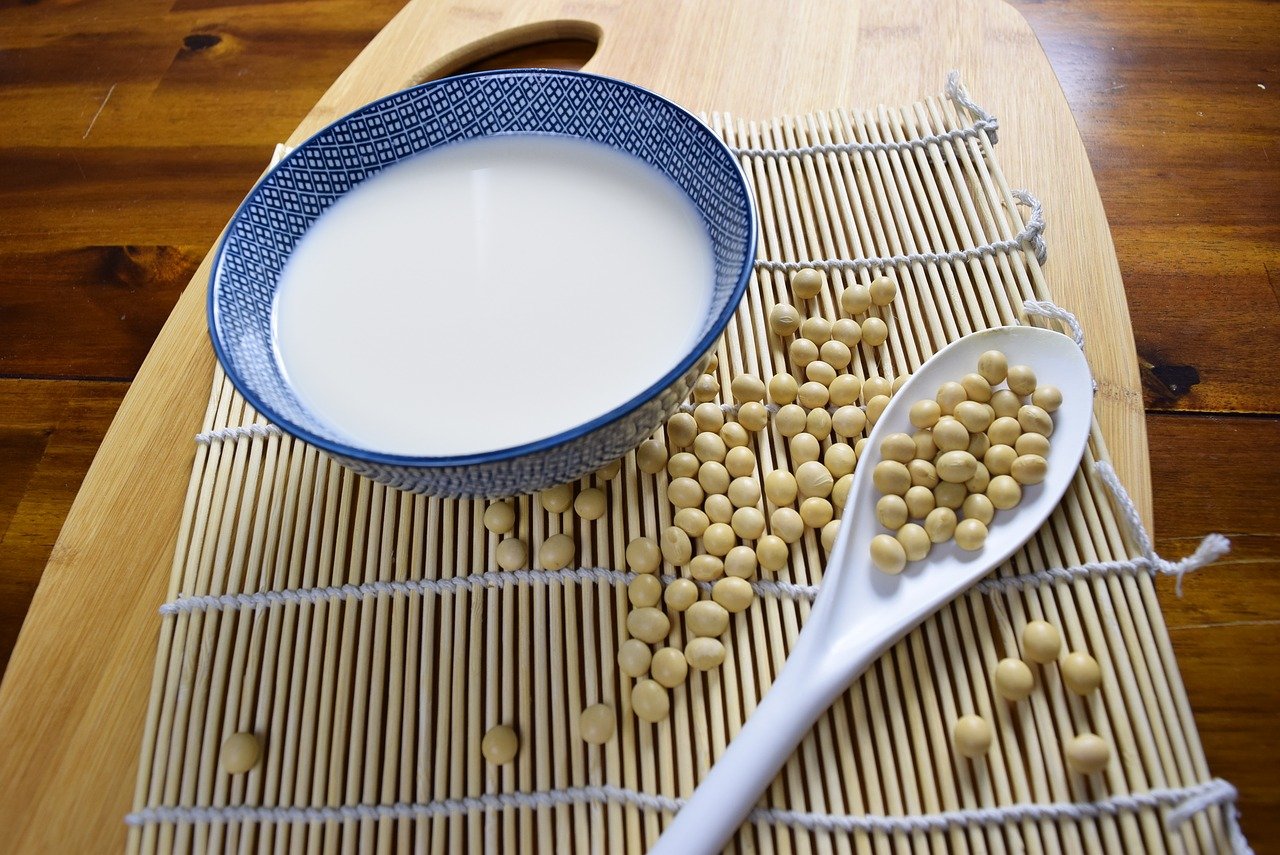



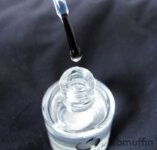
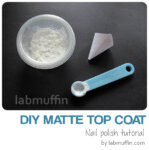

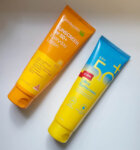
Thank you for adressing this topic. I did my research after being confronted with the first fermented products late last year and never found a scientific backup for the numerous claims. You break it down very well and confirm what I have found (which is always satisfying)
Thank you. Then I will not jump on the fermentation bandwagon.
Hmmmm….very interesting! I have rosacea and several new products with fermented ingredients are being promoted as beneficial for rosacea. Your explanation helps. Now I’d like to see a post about the benefits of probiotics for skin and possibly for rosacea.
Hi, are there any groups of people who shouldn’t use fermented skincare products?
the great dr google once informed me that people with fungal acne (is there even such a thing…?) can’t use fermented skincare as the fermented stuff boosts the fungal growth. any truth? thoughts? im intrigued!
i had relatively good skin last year till i started using missha’s fte and other serums whch use fermented ingredients due to the k-hype. im still treating the disastrous outbreaks now so hmmm…
I don’t think so – fermentation could theoretically break down the ingredients so they’re small enough for fungi to eat, but those ingredients could also be put into a skincare product already in their broken down form.
Thanks Michelle for posting on this article.It was very much informative.
Hi. I have few questions regarding galactomyces ferment filtrate. Is it considered as an alcohol? Can it be obtained only by fermentation of sake? Thank you so much
I’m not sure, but I’m pretty sure it doesn’t contain too much alcohol – I believe it would be only around 10% maximum.
Hi Michelle, are there any serums/creams/etc. with fermented ingredients (i.e. fermented red ginseng) that you would recommend? Thanks!
I haven’t tried any yet unfortunately!